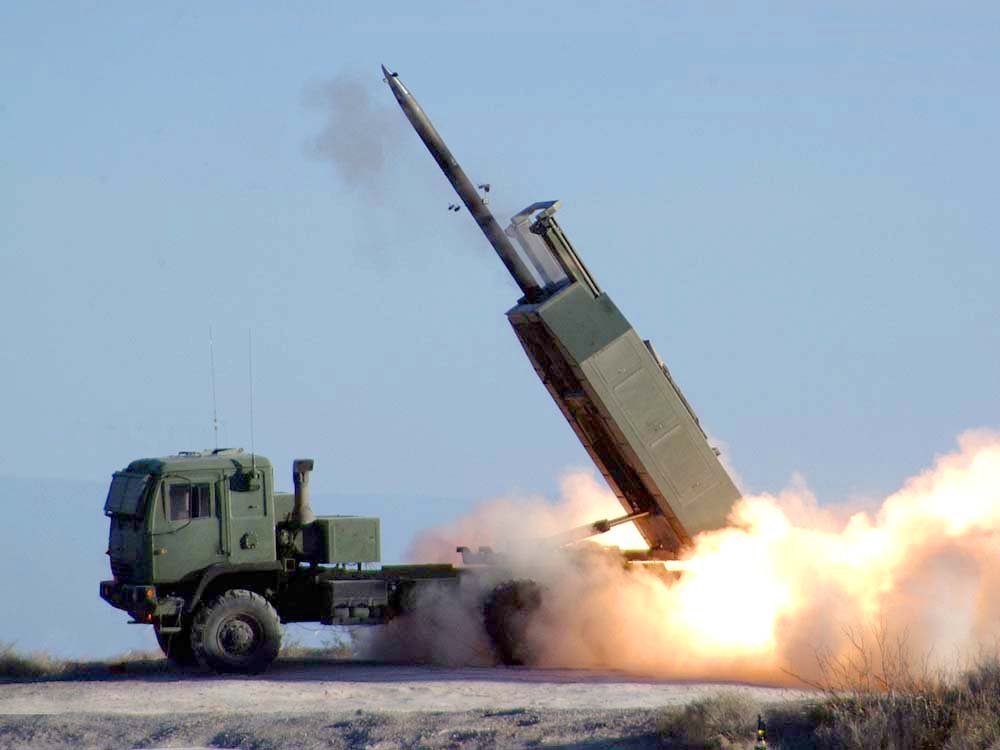In a confrontational turn, the Deputy Defense Ministry of Ukraine has said they will begin using US-provided weapons to attack Russian warships in the Black Sea in what would certainly be the highest escalatory move yet between NATO and the Russian Federation.
“We have a permanent threat from the Russian Black Sea fleet. Given the new technologies and capabilities we receive, we have to address this threat,” Minister Volodymyr Havrylov said. “We are receiving anti-ship capabilities and sooner or later we will target the fleet. It is inevitable because we have to guarantee security to our people”.
The new technologies referred to by Havrylov are the High Mobility Artillery Rocket Systems (HIMARS), a truck-mounted multiple rocket launcher manufactured by Lockheed Martin, one of three sophisticated Western missile systems provided by NATO since the conflict between Russia and Ukraine began.
Already, US and Danish-provided Harpoon missile launchers have been used alongside U.S. targeting intelligence to sink the flagship of the Russian Black Sea fleet, the Moskva, in April, and a Russian tugboat attempting to deliver weapons to Snake Island in June.
Aside from being the highest-value target the Ukrainians could attack, with each military vessel lost representing billions of dollars in combat capabilities and national pride besides, Ukrainian and US officials have suggested the HIMARS could be used to bomb targets inside Crimea. the peninsula in south-east Ukraine which Russia annexed in a bloodless coup de main in 2014.
“Sooner or later we will have enough resources to target Russia in the Black Sea and Crimea. Crimea is Ukrainian territory, that’s why any target there is legitimate for us,” Havrylov also told the New York Times.
PICTURED ABOVE: A HIMARS launches its payload on White Sands Missile Testing Range, US in 2005.
If you think the stories you’ve just read were worth a few dollars, consider donating here to our modest $500-a-year administration costs.




